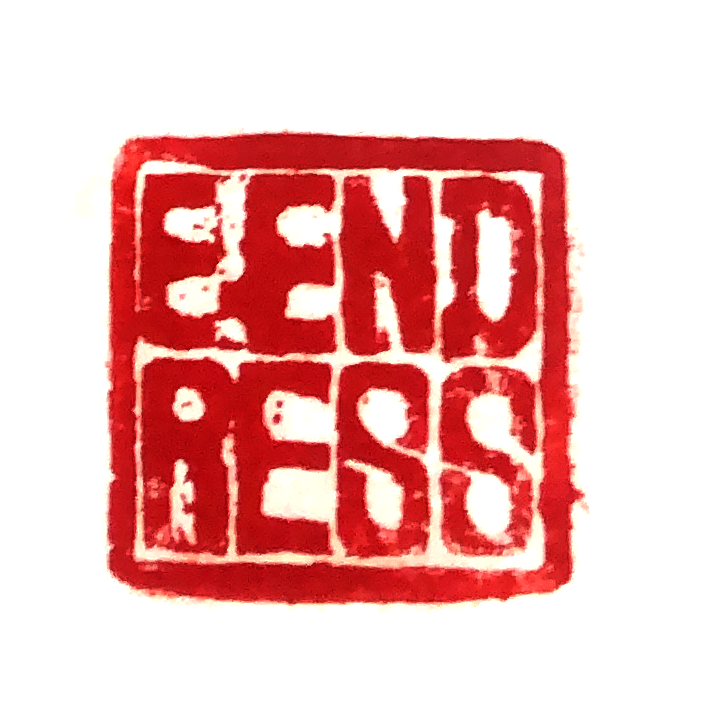Collaboration with Don Apollinar,
street Photographer and day workers Mercado Yungas,
La Paz - Bolivia.
Mr. Apolinar Escobar is the last street photographer using analog photography in the city of La Paz-Bolivia, when I met him in 2010. He stands in the small plaza of Alonso de Mendoza, a place that he has occupied for more than 30 years. He is surrounded by other identity card portrait photographers, whom exchanged their analog cameras for digital while keeping the façade of the analog era.
Mr. Escobar takes photos using a German Tessar 1250 camera. This camera, also known as the “minute camera,” is a self-sufficient unit that allows the photographer to produce a paper negative and develop the image inside the camera, producing a black and white image.
As a direct consequence of the manual process the result of the paper negative varies over time. The fixing--the process that stabilizes the image by removing the unexposed silver halide, is responsible for the continuous oxidation of the image. The paper negatives appear to be in continuous process manifesting its unstable condition. The negatives continue changing, as a concequence the images will disappear in the next couple of years.
Portraits in the Yungas’ market. / La Paz, Bolivia
This series of photographs find reference in the image “the Giant of Paruro”, by the Peruvian photographer Martin Chambi. Chambi’s images, taken around 1925, became an iconographic image of the Andes region, as Chambi documented the social fabric while acting as a social commentator.
The Yungas’ market, in La Paz, Bolivia, has become the place for day laborers to wait for patrons. They stand at the edge of the street. Placed on the floor next to each one is a bag with a label briefly describing the type of labor that they perform: plumber, electrician, carpenter, etc… For this series I collaborated with Mr. Apolinar Escobar, a street photographer, who is one of the last in the city of La Paz to take photos using a portable processing of paper negatives* using a German Tessar lens. For this series we created an improvised studio in a parking lot and we asked the day laborers to pose for the camera in our ‘studio'.
-------
* Using photographic printing paper the photographer would expose a sheet of paper for the negative, develop, stop, and fix it inside the camera, then put a copy stand on the camera and photograph the negative (to obtain a positive), develop, stop, and fix, then wash the final print in a can of water attached to his tripod. The camera was advertised as “One Minute Photo Postcards”.
Whitening Identities
Through applying red ink to the negative, the photographer makes the image lighter in tone. In this case, the photographer modifies the color of the faces of clients who ask him to, making them appear whiter. Fanon argues that colonized subjects internalize an inferiority complex induced by colonizers, which the colonized attempt to mediate by appropriating or emulating the culture of the colonizer—including appearance. Some clients consequently choose to modify their images to reflect an appearance more similar to the dominant perception of positive western attributes.
Process of “One Minute PhotoPostcards.”
Using photographic printing paper the photographer would expose a sheet of paper to obtain a negative image, the entire process involves developing, stopping, and fixing the image inside the camera itself, protected by a fabric that covers the photographer to insulate the process. During the process of negative creation, the image can be manipulated to change tonalities. In that context brushing the negative with red ink provides a filter to obtain a lighter tonality on the skin. The negative is then placed on a stand in front of the camera and photographed (to obtain a positive), developed, stopped, and fixed, and then the final print is washed in a can of water attached to the tripod.
The following series are part of a larger site-specific project that is a result of recognizing the multiplicity and variety of elements that create the dense local aesthetic and popular culture in Bolivia (denominated “Chojcha aesthetic”). A series of pieces were created with embroidery artisans, another with carnival artisans, a performance was executed with shoe shiners, and a series of photographs were made with day laborers in collaboration with a street photographer.




